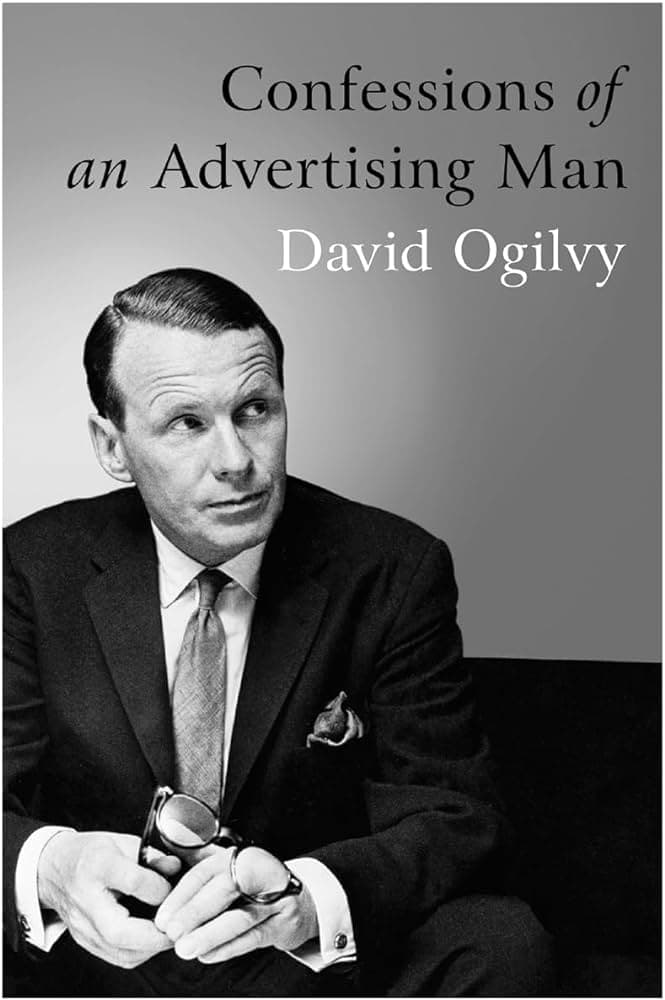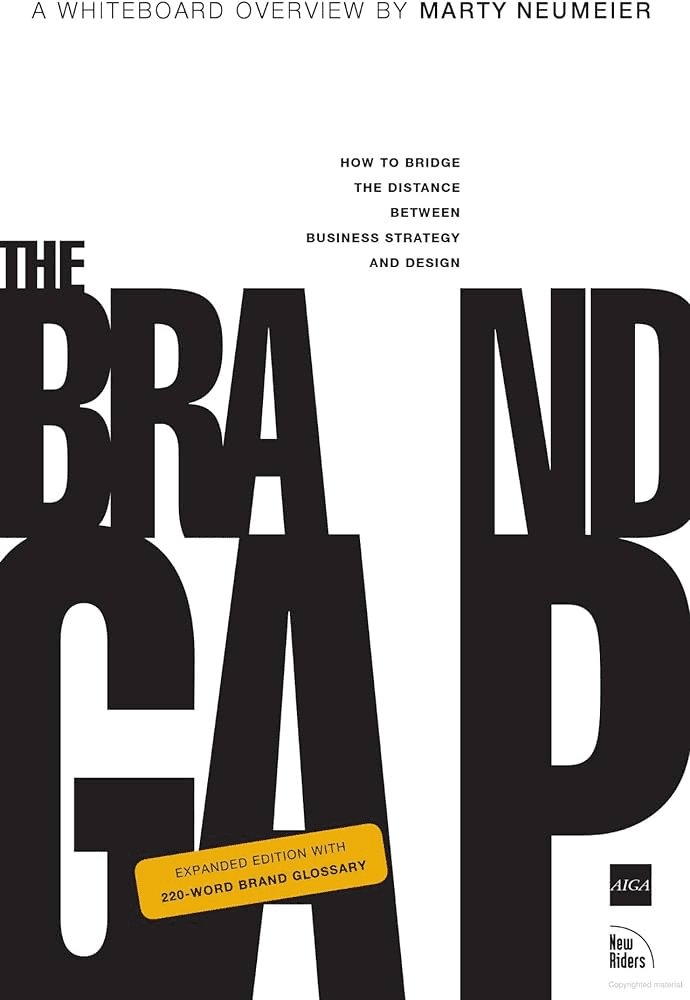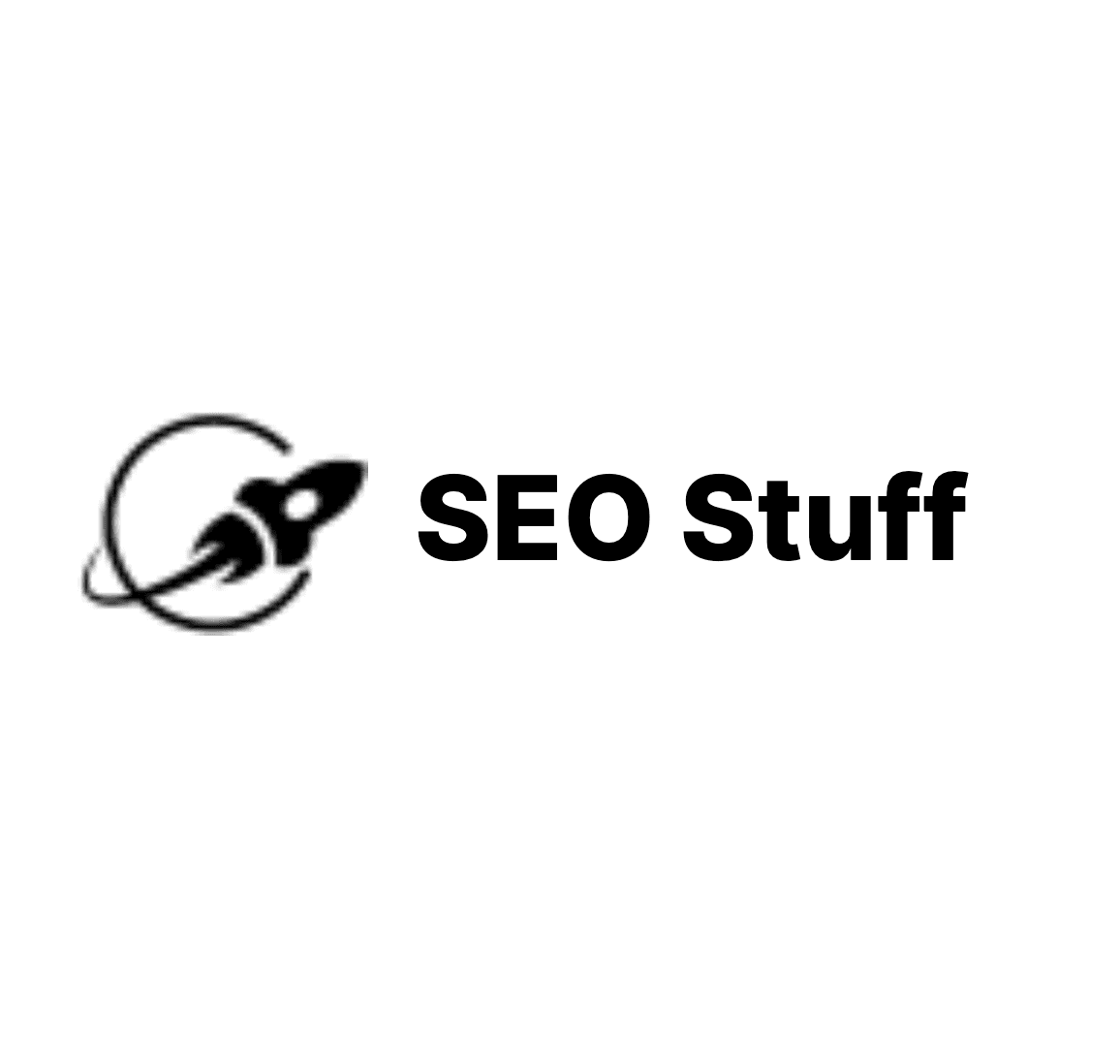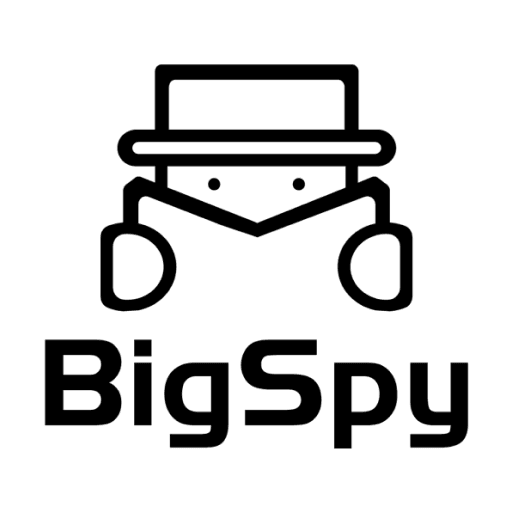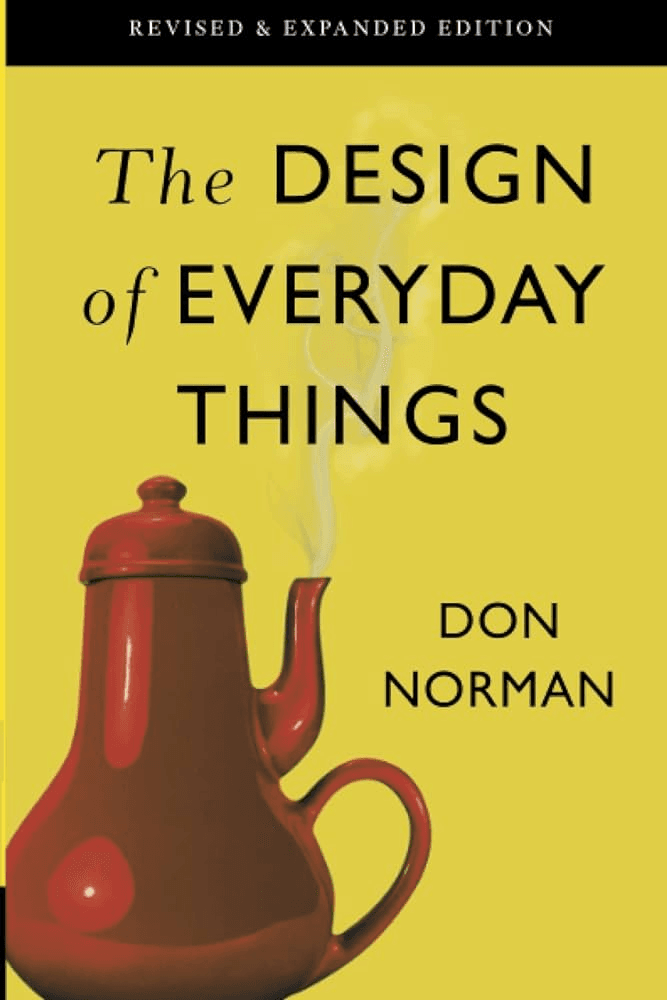📚Best Online Advertising Books
This list encompasses essential online advertising books that provide insights into digital marketing strategies and best practices. These works explore various aspects of online advertising, helping readers understand the complexities and effectiveness of digital campaigns.
- 0

Through a narrative of personal experience and technical explanation, I unravel the complexities behind the scenes of ad networks like Bing. I share insights into how unsuspecting marketers can fall prey to sophisticated bot schemes that click on ads without any intent to purchase, explaining the financial and psychological toll such deceptive practices can take on individuals striving to make it in digital marketing. Deciphering the Code: How Ad Networks Manipulate Traffic: https://www.youtube.com/watch?v=u-FNb7nEZew
